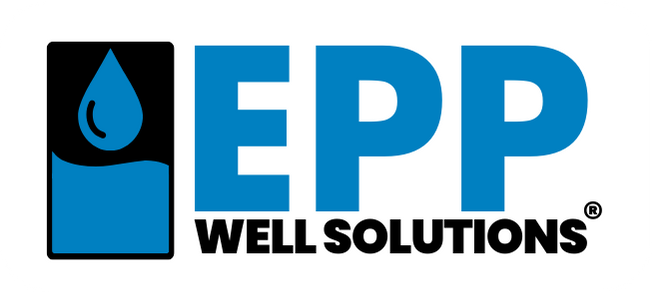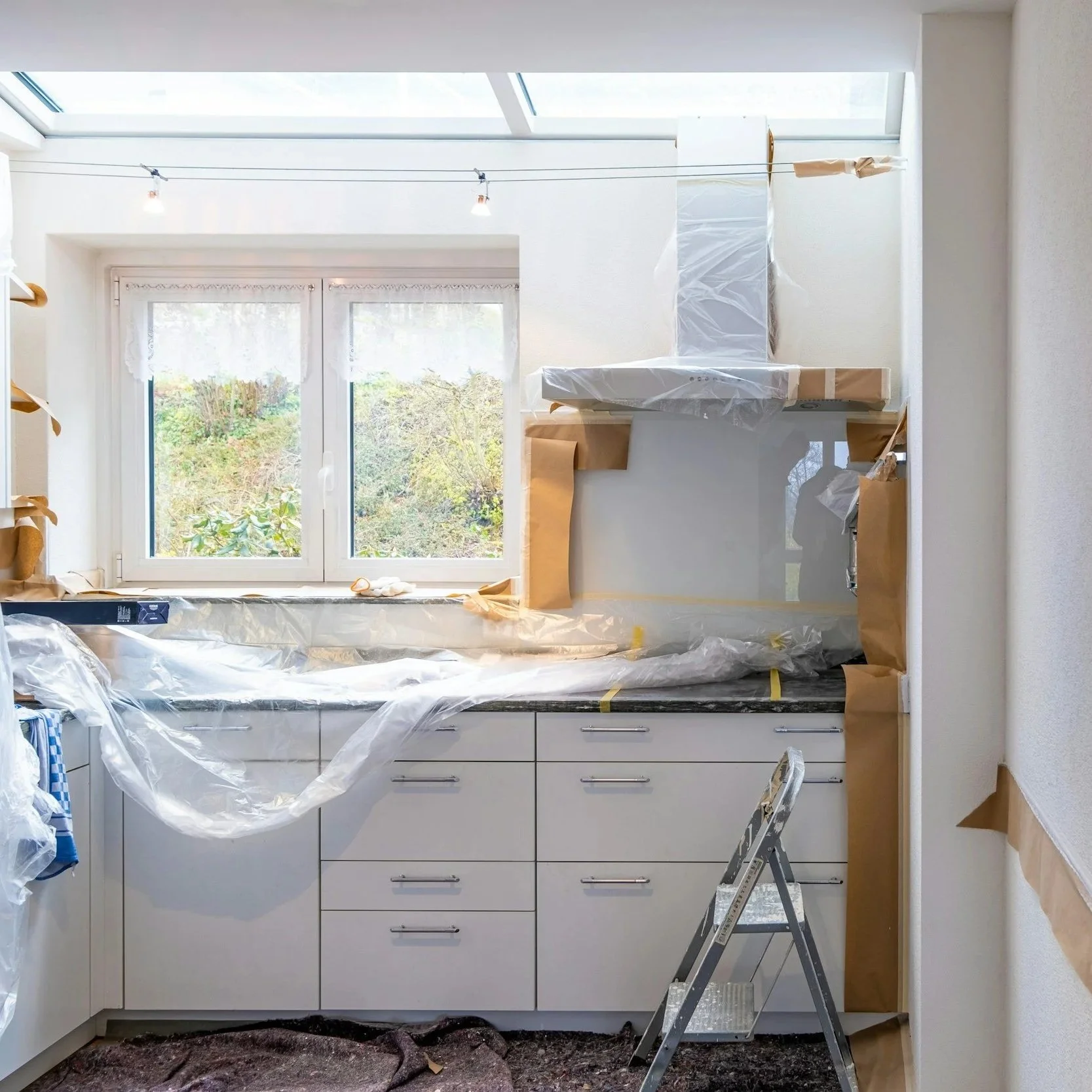Scaling Your Well Setup for Home Additions or Expansions
Home additions and expansions mark exciting milestones—whether it's crafting a sunlit family room for game nights or a welcoming guest suite for relatives. The blueprints align perfectly, contractors keep pace, and anticipation grows with each stage of progress. Yet, as walls rise and fixtures install, a familiar challenge can emerge: your private well, a steadfast provider for years, begins to falter under heightened demands. Showers lose their vigor, appliances hesitate, and outdoor watering turns into a chore. This scenario unfolds for countless homeowners across the U.S., where over 13 million households depend on private wells, per U.S. Geological Survey data, and growing needs often outstrip original capacities.
The strain is real, but scalable solutions exist to bridge the gap. You don't need to resort to expensive new well drilling or tolerate ongoing interruptions. Instead, strategic upgrades can fortify your system, ensuring reliable flow that matches your home's evolution. In this comprehensive guide, we'll explore key steps—from assessing your well's baseline to deploying advanced enhancements—equipping you to expand confidently. Let's examine how to align your water infrastructure with your home's next phase, turning potential hurdles into seamless support.
Gauging Your Well's Current Performance
Understanding your well's present capabilities forms the foundation of any successful scale-up. Too often, homeowners proceed with expansions assuming their setup will adapt effortlessly, only to encounter unexpected shortfalls that disrupt the build or daily life.
Begin by retrieving essential records. If available, consult the original drilling log for insights into depth, static water level, and aquifer characteristics. These elements illuminate inherent strengths and risks, such as shared aquifers vulnerable to nearby usage. Lacking these? Reach out to your local health department or a professional well driller—they can often retrieve or recreate this information swiftly.
Transition to hands-on evaluation of output. Select a calm morning and time the fill rate for a five-gallon bucket via an exterior faucet. This yields an approximate gallons-per-minute (GPM) figure, vital for forecasting. Everyday households typically require 5-10 GPM, but expansions introducing extra sinks or irrigation can escalate to 15 GPM or beyond during concurrent activities. A basic timer and container work for self-testing, though a certified pump test under simulated loads provides deeper accuracy.
Pressure testing complements this. Secure a gauge to an indoor outlet and record levels at rest and during use—target 40-60 pounds per square inch (PSI) to sustain strong performance. Deviations frequently indicate pump fatigue, prevalent in systems aged 10 years or more. The Environmental Protection Agency emphasizes that stable pressure curbs issues like sediment accumulation, which diminishes flow over time.
Regional influences add nuance. Arid Southwest locales may see seasonal yield reductions, while coastal zones contend with salinity intrusion. Over a week's span, journal consumption patterns: tally showers, wash cycles, and yard watering to pinpoint pressure points. Such insights transform abstract concerns into actionable strategies, like incorporating water-efficient appliances in the new area to conserve without sacrifice.
This initial assessment reframes your well as a dynamic asset, not a static barrier, setting the stage for informed enhancements.
Mapping Out Increased Water Demands
Expansions vary widely in scope, from a simple nursery to a comprehensive in-law suite, each carrying distinct water implications. Accurately projecting these changes prevents overload and promotes efficiency.
Conduct a detailed space-by-space review. For upcoming areas, calculate maximum draws. A new bathroom might require 2-3 GPM for simultaneous showering and flushing. Kitchen extensions demand 1-2 GPM for dishwashing, and entertainment zones with wet bars sustain ongoing trickles. Aggregate these with existing loads—online utility tools can streamline calculations, estimating yearly volumes by occupancy.
Layer in behavioral elements. A home gym addition invites post-workout rinses; a craft room calls for frequent sink use. Intergenerational setups intensify patterns—frequent guest baths for visitors, or accessibility features like spacious tubs consuming 20-30 gallons apiece. Geographic context matters: humid regions might leverage AC runoff for landscaping, whereas dry climates prioritize drought-resistant designs.
Anticipate construction-phase needs as well. Workers often require on-site filling stations and site rinsing, temporarily amplifying pulls. Buffer with off-site sourcing if necessary. For permanence, embed conservation: timed faucets or greywater systems for non-drinking purposes.
This forward-looking inventory shifts expansions from risky ventures to calculated progress, fostering a balanced water ecosystem.
Revamping Pumps for Greater Reliability
The pump serves as your well's core driver, and as usage intensifies, an outdated or undersized unit risks failure, cascading disruptions through your entire home.
Submersible models prevail for their submerged efficiency, delivering quiet upward thrust. For growing demands, upgrading to a larger-capacity variant with variable-speed functionality can synchronize output to actual needs, averting the rapid on-off cycles that accelerate wear and inflate costs. Specialists handle sizing and integration, frequently without invasive digging.
For shallower installations, jet pumps provide a budget-friendly surface option. Enhance them with pressure tanks to buffer surges, akin to stabilizing a vehicle's suspension. Such modifications address fluctuating deliveries common in evolving households, promoting uniform reach to remote additions.
Efficiency upgrades align with contemporary priorities. Newer pumps consume less electricity, supporting 2025's emphasis on eco-conscious residences. Federal incentives via the Department of Energy may subsidize these, particularly alongside sustainable build elements. Routine maintenance—intake clearing, electrical inspections—prolongs service, while smart remote monitoring flags problems preemptively.
These pump-focused improvements transcend maintenance; they deliver enduring dependability, allowing your expanded living spaces to operate fluidly.
Embracing Innovative Harvesting for Low-Yield Resilience
Low-yield wells, yielding perhaps just 1 GPM from maturing aquifers, pose unique scaling obstacles with conventional methods. Here, forward-thinking harvesting methods redefine extraction, prioritizing sustainability over sheer volume to avoid aquifer depletion.
The Well Harvester exemplifies this shift, a clever apparatus tailored for such conditions. Through integrated sensors and automated management, it oversees drawdown in real time, activating the pump solely when water is available to protect long-term viability. For homeowners adding bedrooms or utility rooms, it proves invaluable: as layered demands mount, the system intelligently distributes available water, eliminating the equipment-damaging dry cycles that plague traditional approaches.
Envision its role in your project—the unobtrusive form factor integrates effortlessly, offering intuitive displays for pattern analysis and proactive notifications. Rather than overpowering the source, it cultivates efficiency, making every gallon count. In fluctuating environments, where seasonal recharges trail high-use periods, this innovation stabilizes supply, enabling ambitious expansions that traditional limits might curtail.
Users who've embraced it highlight not only consistent performance but also reduced stress—affirming that their water source adapts alongside their lifestyle. If modest yields factor into your blueprint, checking out these advancements may unlock the flexibility your vision requires.
Bolstering Storage and Delivery Networks
Effective storage and conveyance ensure that well production translates to on-tap availability, crucial as plumbing extends to fresh territories.
A primary pressure tank functions as an initial buffer, leveraging compressed air for consistent PSI delivery. In scaled configurations, deploy several: a hub unit supplemented by localized ones for outlying zones, minimizing delays. Diaphragm tanks ward off rust, enduring years with basic oversight.
Optimize piping for the journey. Redirect primary lines to favor demand-heavy sectors, adding isolation valves for targeted servicing. Flexible PEX lines, resilient to temperature swings, simplify wall penetrations, and upsized conduits (3/4-inch versus 1/2-inch) reduce resistance across extended paths.
A water holding tank offers supplemental capacity for surge management—positioned adjacent to the extension, it stores surplus during lulls, dispensing evenly for high-volume chores like filling pools or irrigating lawns. This arrangement excels in inconsistent production zones, harmonizing output for diverse applications.
Weave in purification too. Elevated throughput can concentrate particulates or hardness; entry-point conditioners or disinfection units safeguard new installations. Charting these bolsters creates a conveyance chain that's responsive and robust.
Vigilant Maintenance in an Expanded Era
Growth begets intricacy—additional elements heighten vulnerability to issues. Diligent protocols sustain your fortified well amid evolving pressures.
Arrange yearly professional reviews: experts inspect casings for breaches, sample for pathogens following CDC protocols, and fine-tune regulators. At-home efforts thrive monthly—ear for atypical pump sounds, hunt for drips, and purge debris filters. Inexpensive 2025 sensors now alert via app to variances, nipping interruptions in the bud.
Segment care by zones for additions: maintain separate records for novel circuits, monitoring surges that hint at obstructions. Insulate outdoor segments against freezes; equip summer exteriors with inline strainers. Instill family-wide practices—phased bathing, consolidated errands—to naturally temper usage.
Sustainability integrates naturally: roof-collected runoff for garden duties eases well reliance, echoing EPA conservation principles. These routines accumulate, fortifying longevity and affordability.
Navigating Permits and Expert Partnerships
Regulatory navigation is non-negotiable for well integrity and environmental stewardship. Jurisdictional rules differ: some necessitate pre-construction capacity validations, others demand professional endorsements for alterations.
Engage your area's environmental authority upfront; they'll detail submissions, ranging from basic disclosures to detailed groundwater analyses. In high-stress basins like those in California, approvals assess broader effects—allocate accordingly for timelines and expenses.
Collaborate with licensed well contractors or hydrologists experienced in residential upgrades. They streamline approvals, procure standards-compliant materials, and simulate expanded hydraulics. Insights from local peers who've navigated similar paths refine choices.
This teamwork elevates compliance from obstacle to enabler, embedding your refinements in a secure, lasting structure.
Flow Forward with Confidence
Scaling your well amid home growth reimagines constraints as opportunities. Baseline evaluations uncover untapped potential, while tools like the Well Harvester cultivate enduring supply. Pump renewals, storage strategies, and steadfast maintenance weave a tapestry of reliability, where your home's enlargement integrates effortlessly.
Benefits abound: invigorating routines resume, gatherings proceed uninterrupted, and your haven expands authentically. Eager to advance? Log your current output now, outline addition requirements, and connect for a complimentary assessment. Your well's narrative continues—let's channel it toward tomorrow.


